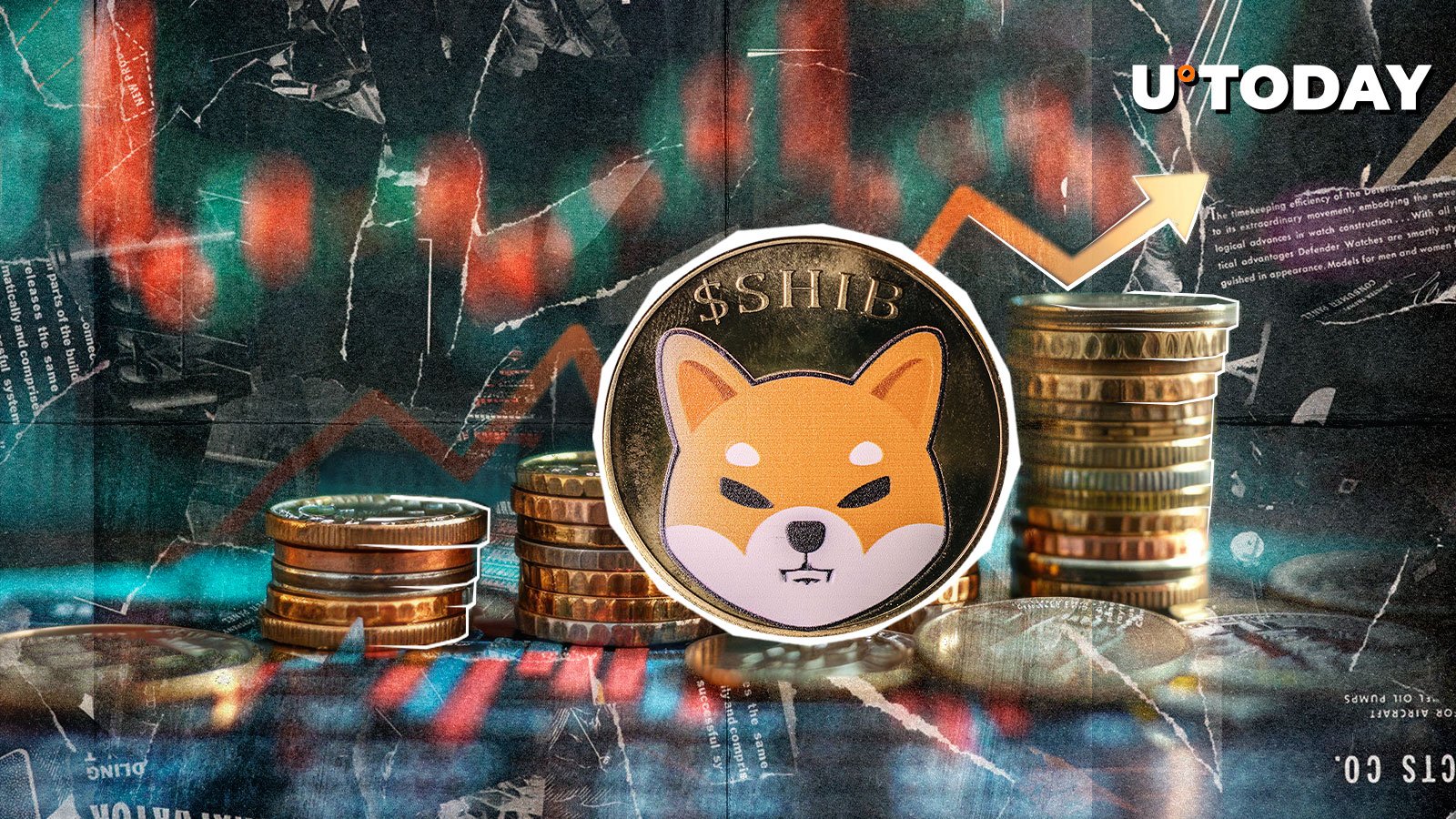- Shiba Inu’s chance
- RSI reset
Bullish sentiment has returned in time to prevent a further decline, suggesting that Shiba Inu has avoided a worst-case scenario for the time being. SHIB has steadied itself in the face of weeks of selling pressure and a previous unsuccessful attempt to break above the 50-day EMA, maintaining optimism for a possible recovery.
Shiba Inu’s chance
According to the daily chart, SHIB recently discovered support at the $0.0000120 level, a crucial area that served as resistance in the rally’s early phases. The market’s ability to hold this level indicates that buyers are intervening to stop additional losses, effectively eliminating any short-term risk of adding a zero to the token’s price.
There are still issues with the technical picture. SHIB is still trading below the 50-day EMA at $0.00001296 while the 100-day EMA is circling around $0.00001324. In order for bulls to regain complete control, they must overcome a stacked set of resistances formed by the long-term 200-day EMA, which is higher at about $0.00001450.
RSI reset
However, the fact that the price has halted its decline and is consolidating may lay the groundwork for a subsequent upward push. After a minor recovery from oversold territory, the Relative Strength Index (RSI) is currently trading between 44 and 45, allowing for additional upside before reaching overbought conditions.
Although there is bullish pressure, the volume is still low, suggesting that a significant breakout would still need a spike in participation from both individual and potentially institutional traders. The next targets are $0.00001324 and $0.00001450, if SHIB can maintain momentum and break above $0.00001296.
The medium-term trend would turn bullish if these were broken, and SHIB’s renowned speculative rallies might be rekindled. Conversely, if the price does not stay above $0.0000120, the $0.0000115-$0.0000110 support zone might soon enter the picture.
At least for the time being, bulls have been able to successfully hold onto important territory and prevent the feared zero removal. The market’s capacity to draw in new buyers and maintain upward pressure will determine whether this stabilizing phase develops into a complete reversal.

